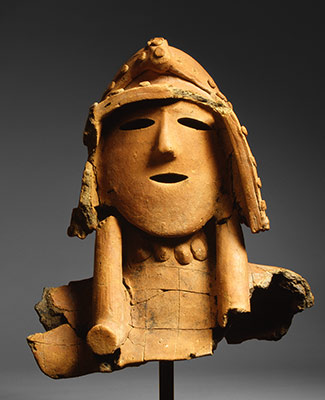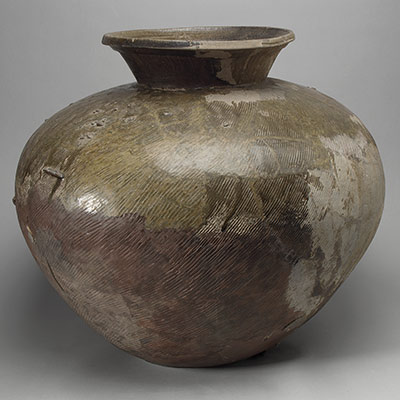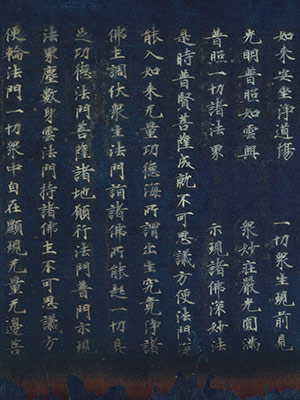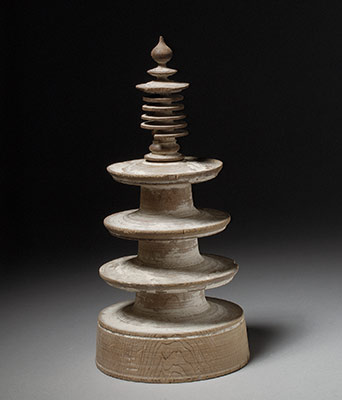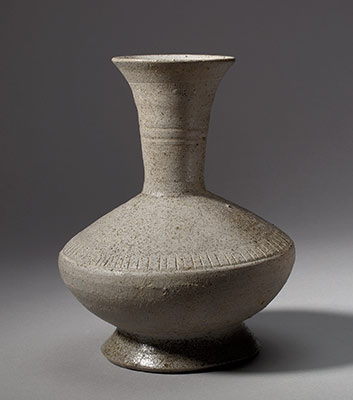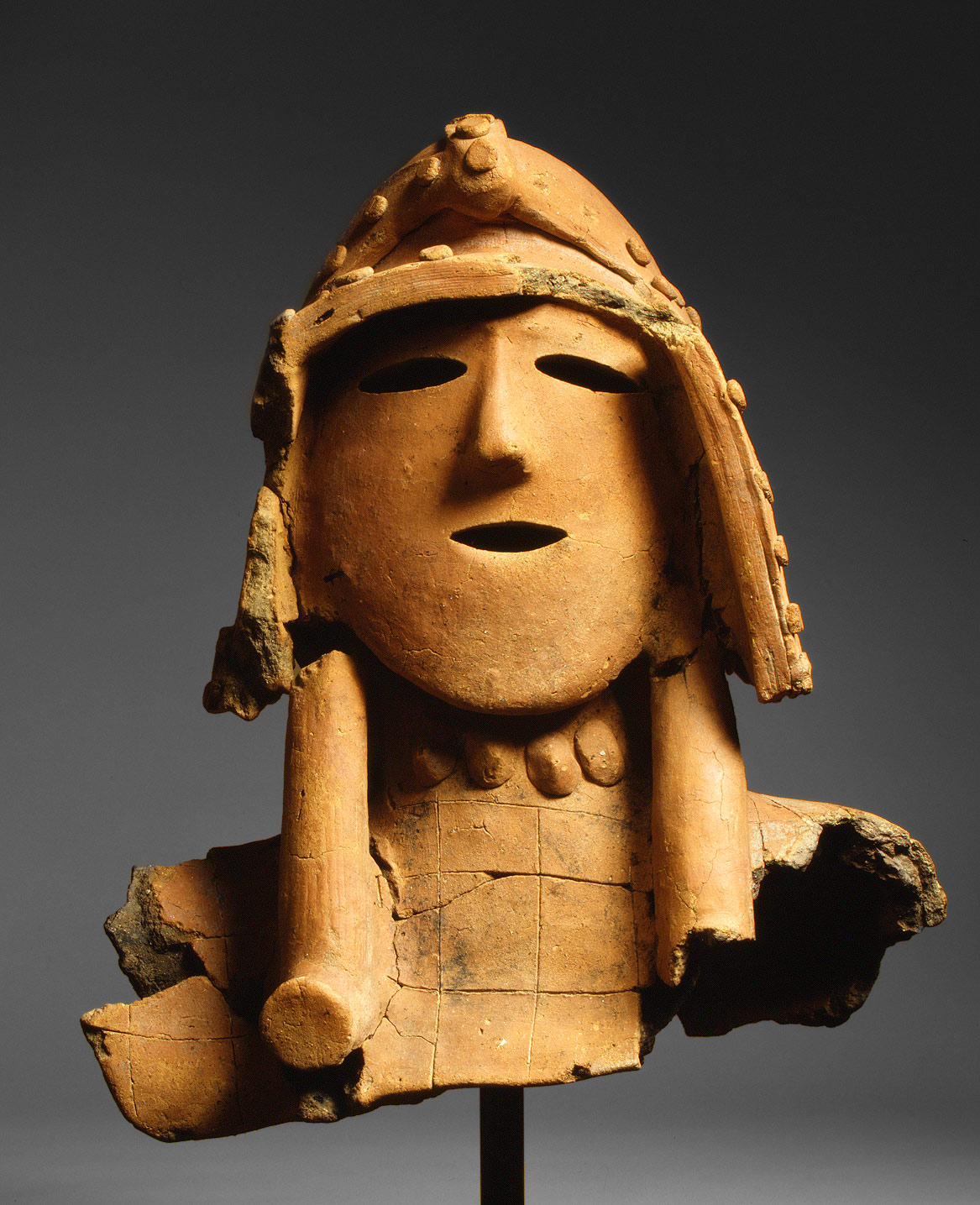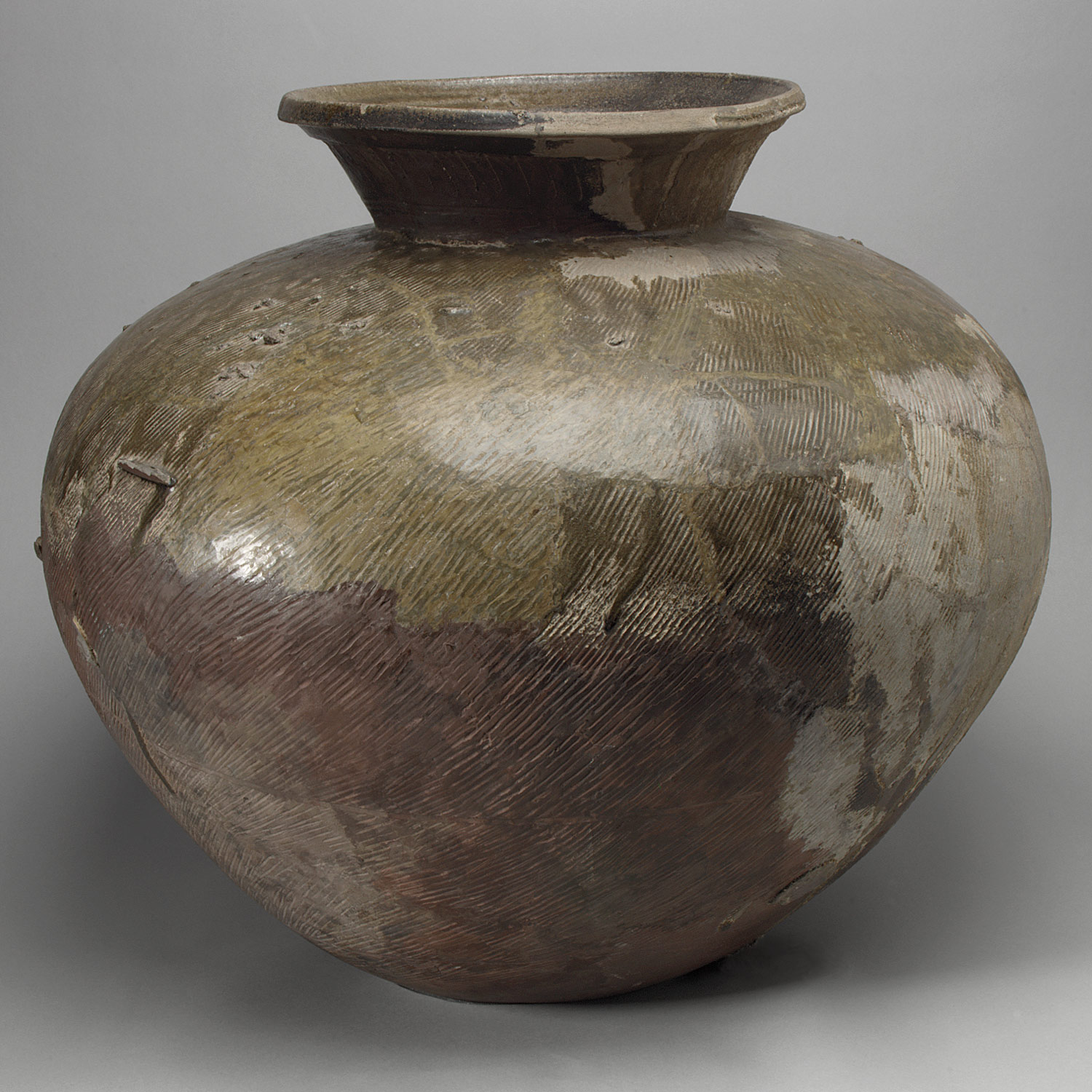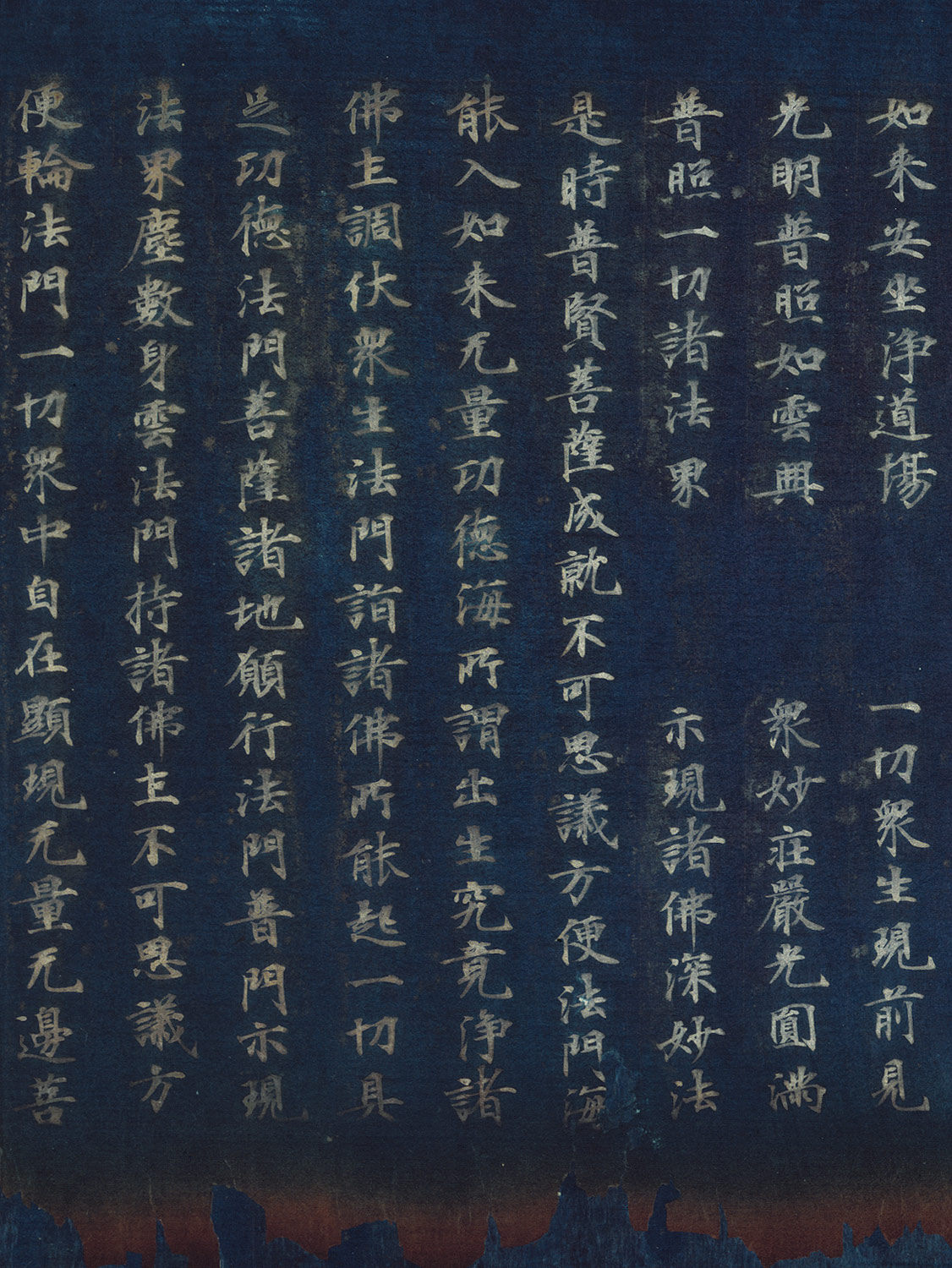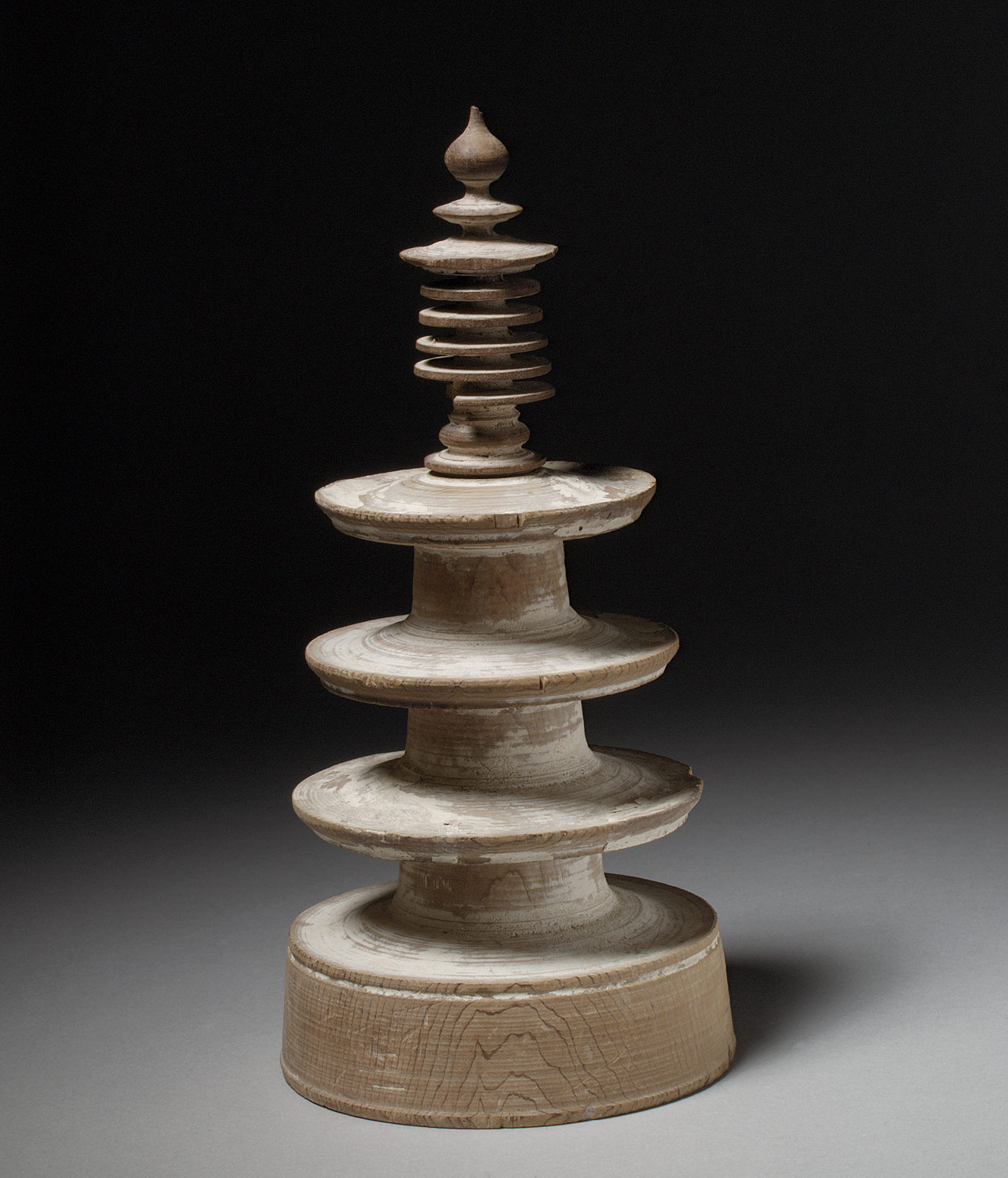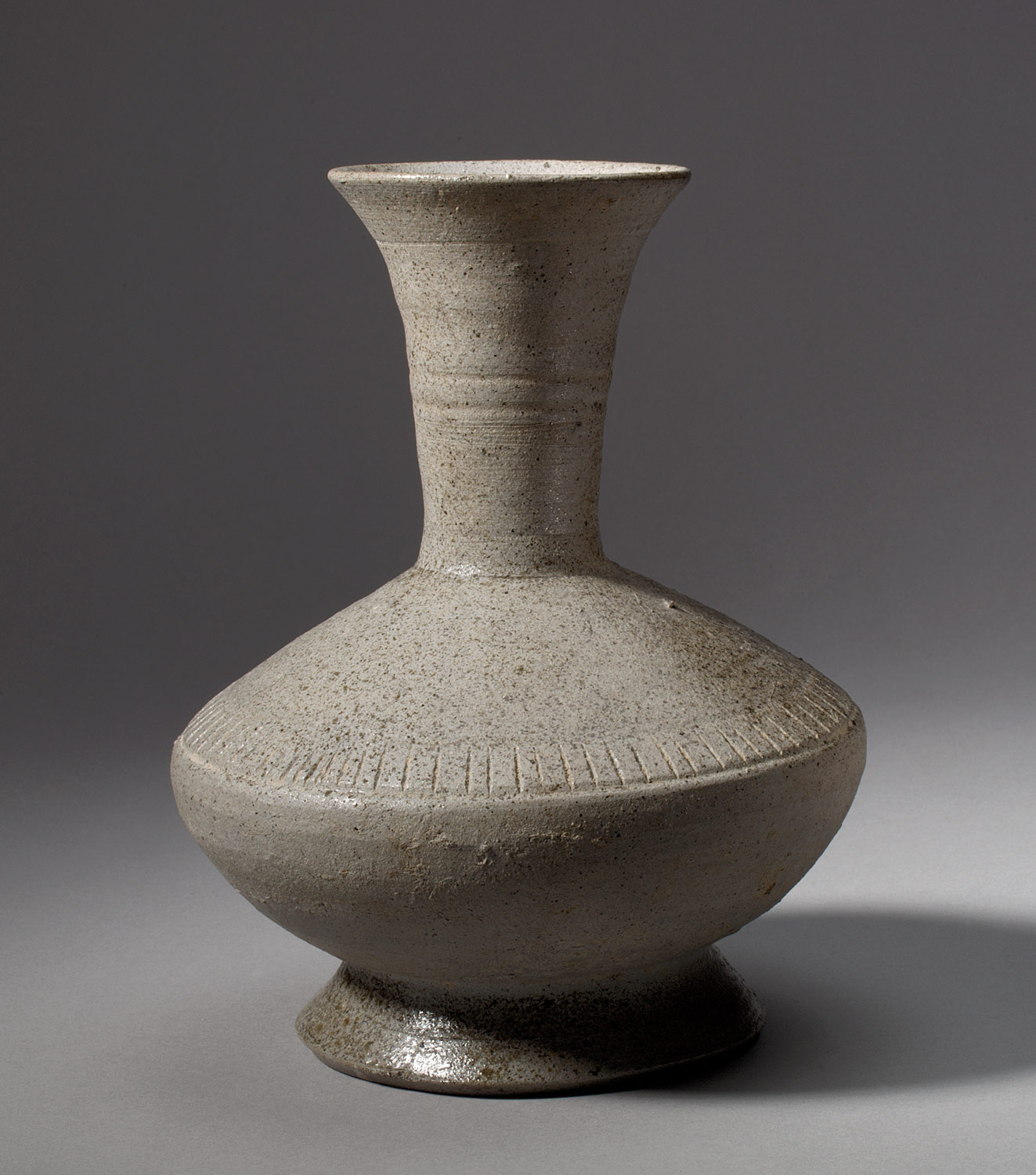The introduction of Buddhism to the Japanese archipelago from China and Korea in the sixth century causes momentous changes amounting to a fundamentally different way of life for the Japanese. Along with the foreign faith, Japan establishes and maintains for 400 years close connections with the Chinese and Korean courts and adopts a more sophisticated culture. This new culture is essentially Chinese and includes literature, philosophy, art, architecture, science, medicine, and statecraft. Most important is the introduction of the Chinese writing system, revolutionizing Japan, which heretofore had no writing system of its own, and ushering in the country’s historical period.
During the peaceful and prosperous Heian period, Japanese civilization reaches its maturity, as imported continental influences are absorbed and adapted to native preferences and as interest in maintaining official ties with the mainland wanes. Encouraged by the imperial family and the powerful Fujiwara clan, who reign as imperial regents from the late ninth to the end of the eleventh century, literature, painting, music, and the decorative arts reach a peak of aesthetic and technical sophistication, and a distinctive national style emerges. The poems, illustrated narrative handscrolls, and Buddhist images of the Heian era, which tend to appeal to or express human emotions, are visually rich and decorative, and have a highly refined style.
